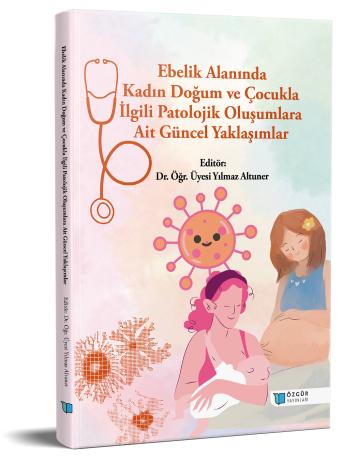
Rickets in Children, Its Effects, and Current Approaches
Chapter from the book:
Altuner,
Y.
(ed.)
2025.
Current Approaches to Pathological Formations Related to Obstetrics and Child in The Field of Midwifery.
Synopsis
Rickets is a childhood disease characterized by weakened and deformed bones due to deficiencies in vitamin D, calcium, or phosphorus. It most commonly occurs in children aged 3 months to 3 years. Major risk factors include inadequate sunlight exposure, poor diet, dark skin pigmentation, certain medical conditions (e.g., kidney disease, celiac disease), and exclusive breastfeeding without supplementation. Symptoms include skeletal deformities, growth retardation, muscle weakness, and dental issues. Diagnosis is based on physical examination, X-rays, blood tests, and advanced diagnostic methods. Treatment includes supplementation with vitamin D, calcium, and phosphorus, balanced nutrition, controlled sunlight exposure, and in severe cases, surgical intervention. Physiotherapy also plays a crucial role in correcting posture and strengthening muscles. With early detection and proper treatment, complications can be avoided. Rickets is a largely preventable condition through public health initiatives, appropriate vitamin supplementation programs, and educational strategies. Preventive efforts such as improved vitamin formulations, mandatory supplementation for pregnant women and newborns, and emerging genetic therapies offer promising approaches for future control of rickets.

